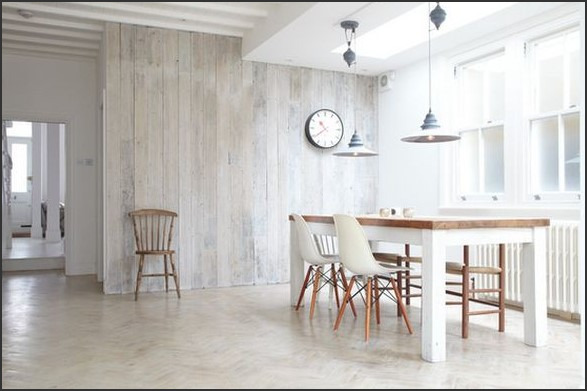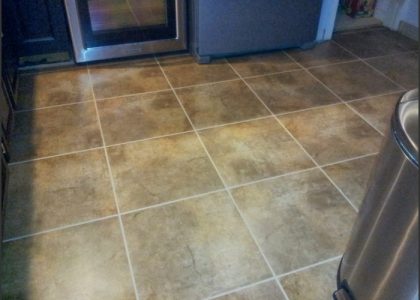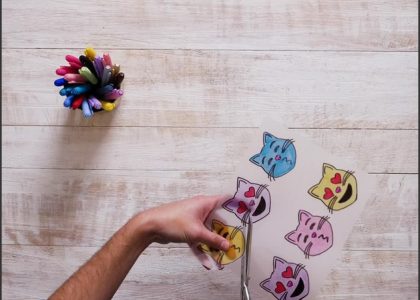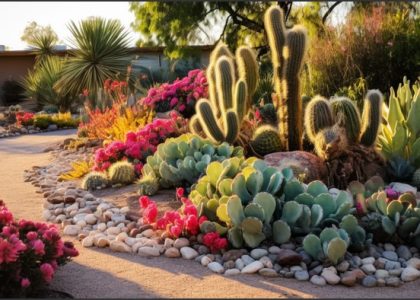
“Whitewashed Wonders: Creating Whitewashed Walls” is a comprehensive guide that explores the art and technique of creating whitewashed walls. This process, which involves applying a type of paint made with lime and chalk, results in a uniquely textured, pale finish that can add rustic charm and brightness to any space. The guide delves into the history of whitewashing, the materials needed, and step-by-step instructions for achieving the perfect whitewashed look. It also provides tips and tricks for maintaining whitewashed walls, making it an essential resource for anyone interested in this distinctive decorative style.
Mastering the Art of Whitewashed Walls: A Comprehensive Guide
Whitewashed walls have been a popular choice for homeowners and interior designers for centuries. Originating from the traditional European practice of applying a mixture of lime and water to walls to prevent the growth of bacteria, whitewashing has evolved into a stylish and practical design technique. Today, it is used to create a rustic, vintage, or Scandinavian aesthetic in homes and commercial spaces.
The process of whitewashing involves applying a thin, semi-transparent coating of paint to a surface, allowing some of the underlying material to show through. This creates a unique, textured look that can add depth and character to any space. The beauty of whitewashing lies in its versatility. It can be applied to a variety of surfaces, including wood, brick, and plaster, and can be customized to achieve a range of effects, from a subtle, washed-out look to a more dramatic, heavily distressed finish.
Creating whitewashed walls is a relatively straightforward process, but it does require some preparation and patience. The first step is to clean the surface thoroughly. Any dirt, dust, or grease can prevent the whitewash from adhering properly, resulting in an uneven finish. Once the surface is clean, it’s time to prepare the whitewash. This typically involves mixing white latex paint with water in a 1:1 ratio, although the exact proportions can be adjusted to achieve the desired level of transparency.
Applying the whitewash is a matter of personal preference. Some people prefer to use a brush for a more textured, rustic look, while others opt for a roller for a smoother finish. The key is to work in small sections, applying the whitewash in a crisscross pattern to create a natural, random effect. After the whitewash is applied, it’s important to wipe away the excess with a rag before it dries. This allows the underlying material to show through, creating the characteristic whitewashed look.
One of the advantages of whitewashing is that it’s a forgiving technique. If you’re not happy with the result, you can simply apply another coat to lighten the effect, or sand it down to reveal more of the underlying material. It’s also a great way to refresh a space without committing to a full paint job. Whitewashed walls can be easily updated or changed, making them a practical choice for those who like to experiment with different looks.
However, while whitewashing is a relatively simple process, it does require a certain level of skill and attention to detail. It’s important to take your time and not rush the process. The beauty of whitewashed walls lies in their imperfections, so don’t worry if the result isn’t perfectly uniform. The goal is to create a warm, inviting space that reflects your personal style.
In conclusion, whitewashed walls are a versatile and stylish design choice that can add character and depth to any space. Whether you’re looking to create a rustic farmhouse look, a chic Scandinavian vibe, or simply want to refresh your walls without committing to a full paint job, whitewashing is a technique worth considering. With a little preparation and patience, you can master the art of whitewashing and transform your space into a whitewashed wonder.




